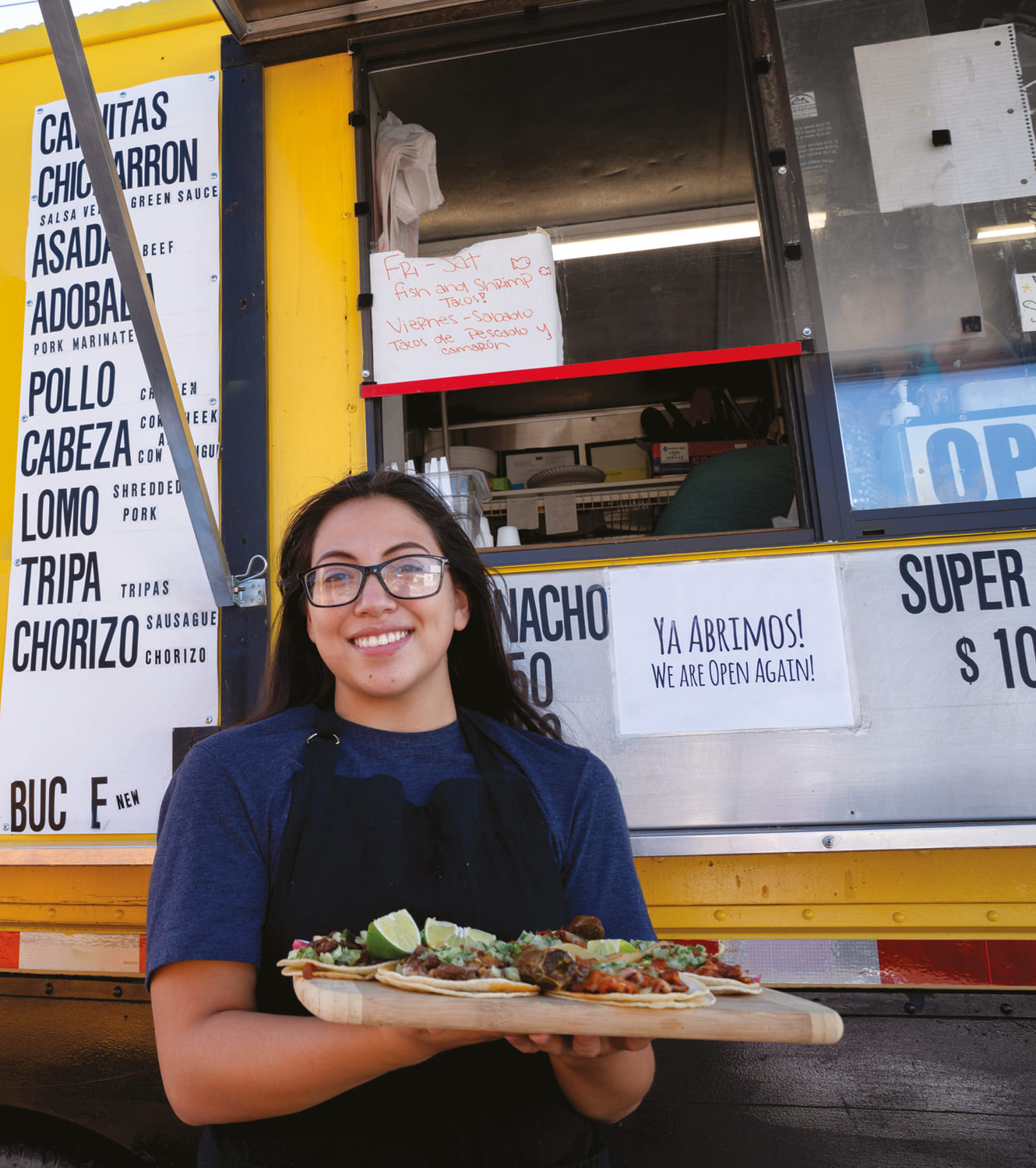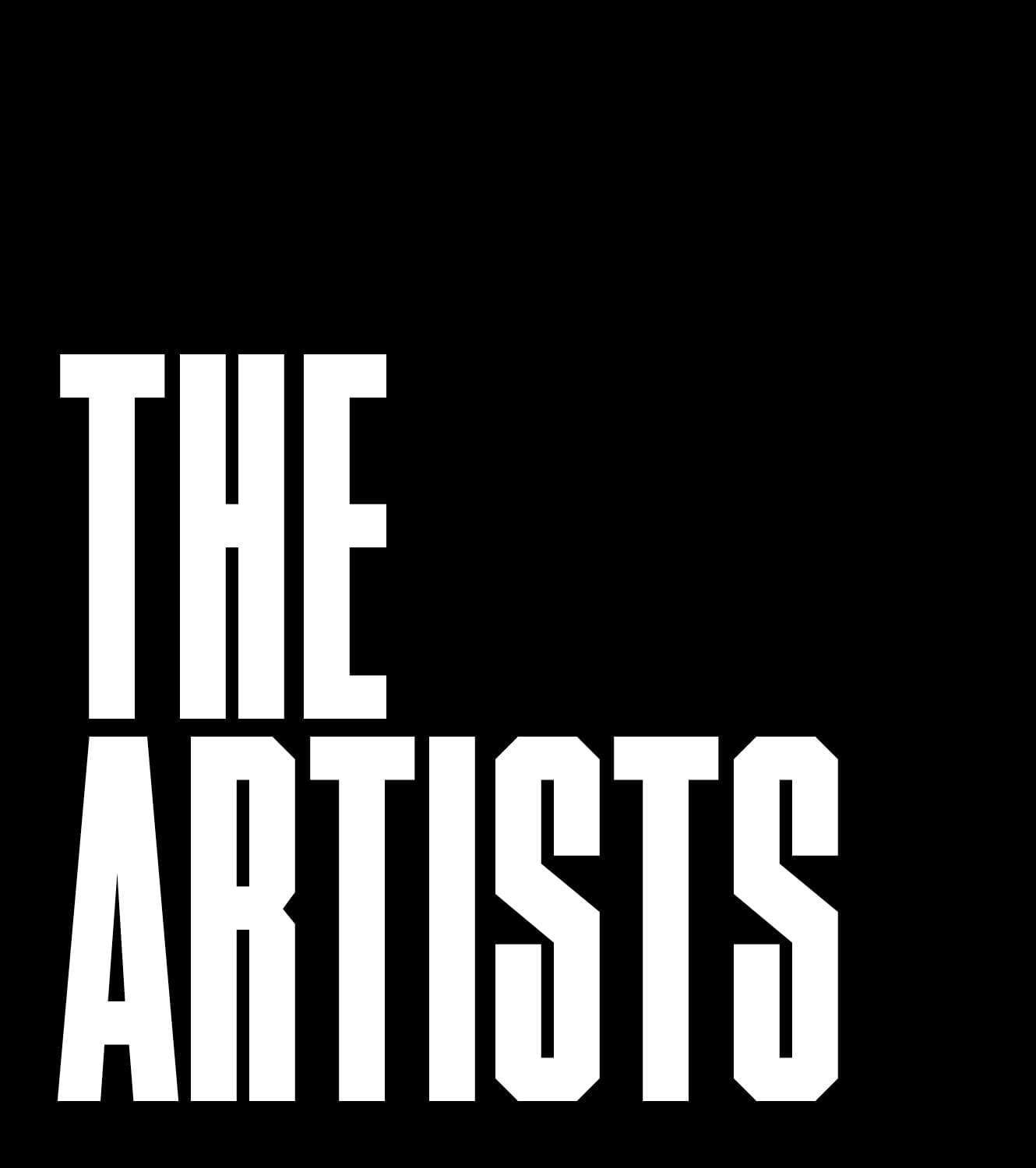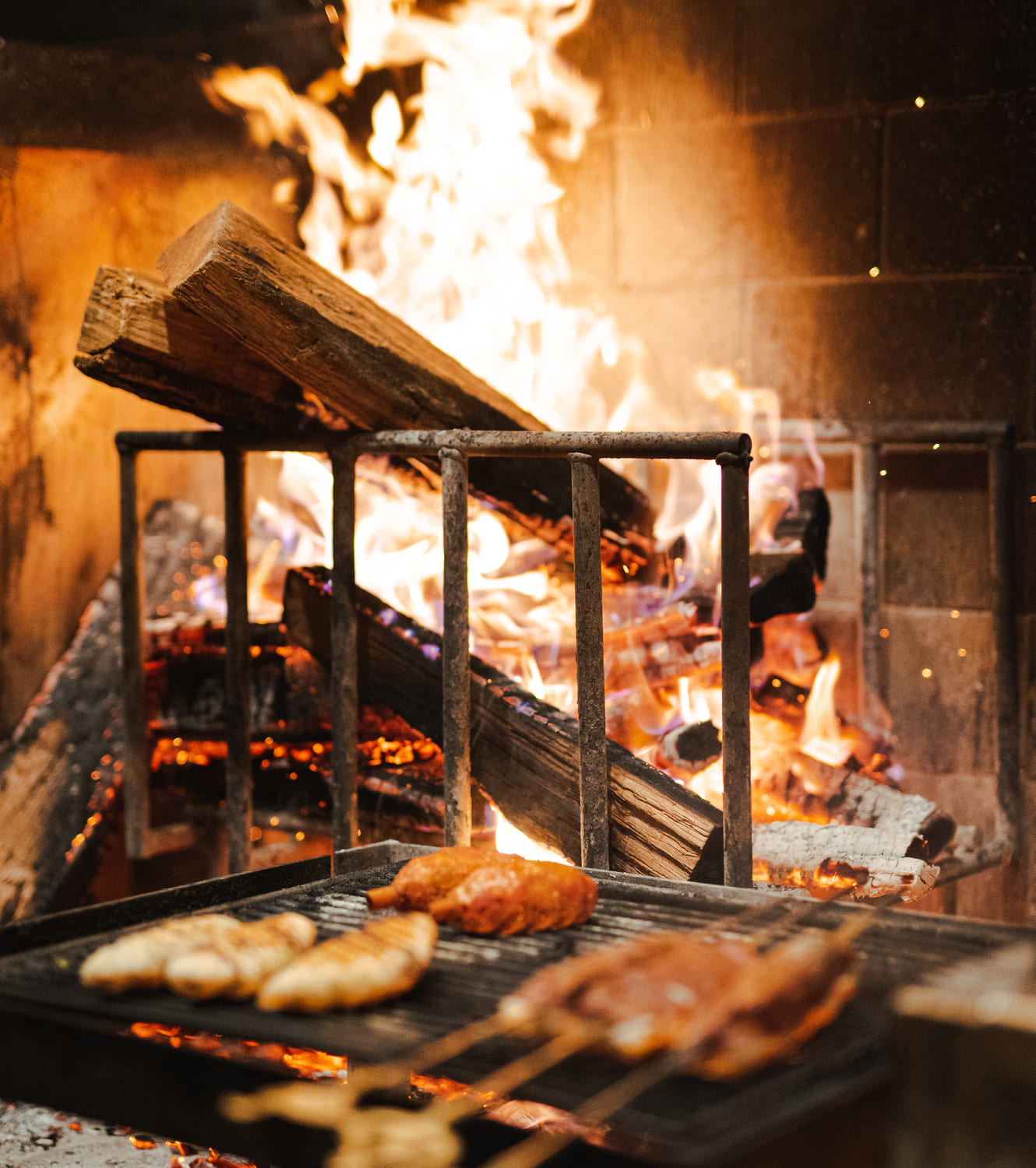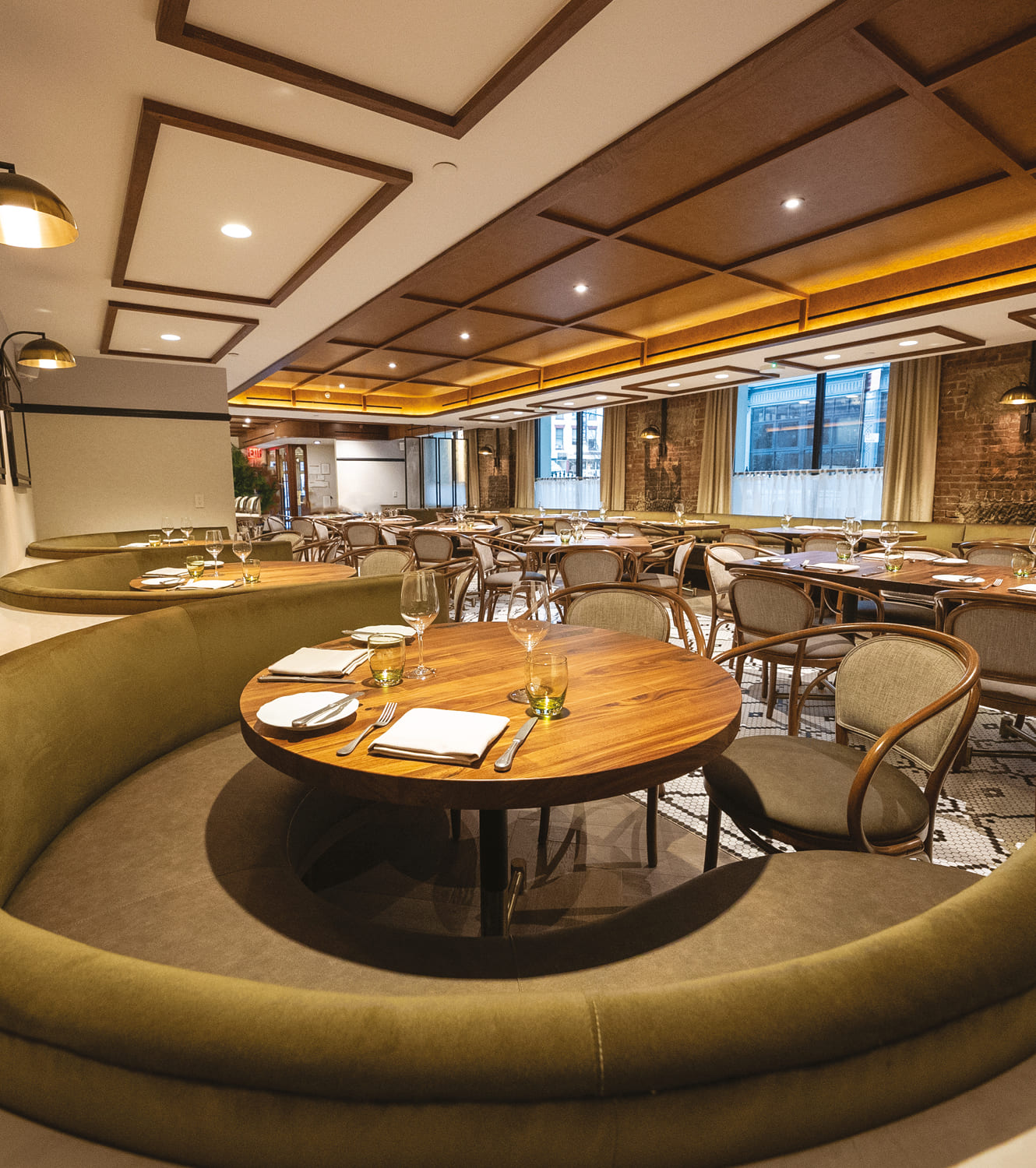
Exploring Bubbles beyond Champagne
David White explains the traditional method of producing Champagne while recommending a slew of producers making sparkling wines with unique cultural flavors
Champagne doesn’t have a monopoly on delicious sparkling wine. But it does have a monopoly on the word “Champagne.” Only sparkling wines from the region itself, made under very exacting standards, can be emblazoned with the word.
Many wineries elsewhere in the world make sparkling wine the same way, of course. The process – which has essentially remained unchanged since the mid-19th century – is called the “traditional method.”
When sparkling wines are made in this fashion, grapes are typically harvested early, when sugar levels are relatively low and acid levels are relatively high. Unless the producer is making a rosé, the juice of those grapes is then quickly pressed off to keep the wine white. This juice is then fermented, with yeast converting the sugar into alcohol and carbon dioxide, which is allowed to escape.
This produces a traditional – albeit acidic – dry wine, which serves as a “base.” Typically, the producer will now assemble a blend, combining this base with other wines from various vineyards, varieties, and even vintages. The resulting blend is then bottled.
Once the wine is bottled, a second fermentation is launched inside the bottle by adding a mixture of yeast and sugar called the “liqueur de tirage.” At this point, the wine bottle is temporarily capped – typically with a crown cap, but sometimes with a traditional champagne cork – and stored on its side. Because this fermentation takes place inside a bottle, the carbon dioxide is captured.
The wine then ages on its dead yeast, lees, for an extended period of time, typically between 15 months and 36 months, but sometimes much longer. After aging, the lees is gradually forced by gravity to the bottle’s neck over a period of several weeks through a process called “riddling.” Once the lees have been collected in the neck, the winemaker disgorges the wine by removing the temporary cap and surrounding sediment. This process can be automated by freezing the neck so that the sediment turns into a solid pellet.
The wine is then topped off with a small amount of wine and cane sugar, “liqueur d’expédition,” in a process called dosage – a step only required if a winemaker wants to sweeten his wines, and these days, it’s fashionably avoided. Finally, the wine is resealed with a more permanent closure.
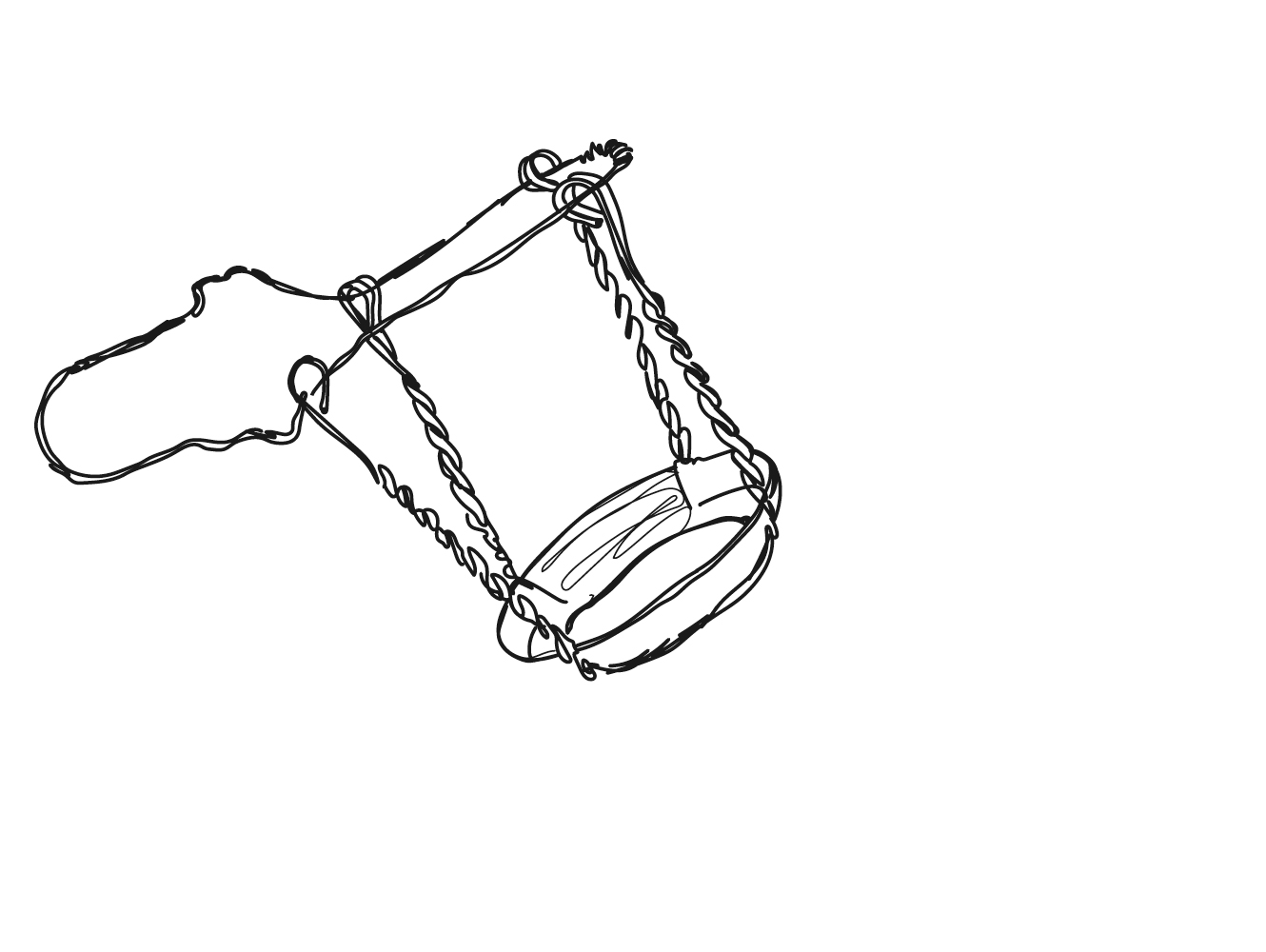
From Crémant to Cava
Across France, those making sparklers the traditional way label their wines as “Crémant”. The most common include Crémant de Bourgogne, Crémant de Loire, and Crémant d’Alsace. Domaine Pfister, from Alsace, is always an extraordinary value.
Cava, which has its origins in the Penedès region of Catalonia, Spain, is also made in this fashion – the wines from Gramona are particularly worth exploring.
In Italy, winemakers in Trentino have been making wines this way for over 100 years – using Chardonnay, Pinot Noir, Pinot Meunier with Pinot Blanc – thanks largely to Giulio Ferrari, who taught his neighbors the ways of Champagne way back in 1900. His eponymous company, which makes beautiful wines, is now run by the third generation of Ferrari’s successor, Bruno Lunelli.
In Italy, winemakers in Trentino have been making wines the “traditional method” for over 100 years
THREE UNTRADITIONAL TRADITIONALS TO LOOK OUT FOR
AT Roca: Reserva
The sparkling wines from Catalunya, in northeastern Spain, have never been better. And Agustí Torelló Sibill is making some of the region’s best. He relies on the region’s classic varieties – Macabeu, Xarel-lo and Parellada – and bottles everything without dosage.
Cruse Wine Co: Tradition
In 2008, Michael Cruse – who studied biochemistry at University of California – launched a sparkling wine project, Ultramarine, to focus solely on single-vineyard, single-vintage, California sparkling wines. Those wines might as well be vapor, as they sell out before they’re ever actually available for sale! A few years later, he launched an eponymous label, Cruse Wine Co., to showcase fruit-driven yet serious California wine with sourced fruit from across Northern California.
Domaine Belluard: Les Perles du Mont Blanc
Those obsessed with natural wines were shocked when Dominique Belluard, owner of the eponymous domain in Haute-Savoie, took his own life in June 2021. Belluard’s commitment to Gringet, an indigenous white grape from the Alps, earned him fans across the globe. If a wine can evoke a ski slope in the summertime, this is it.

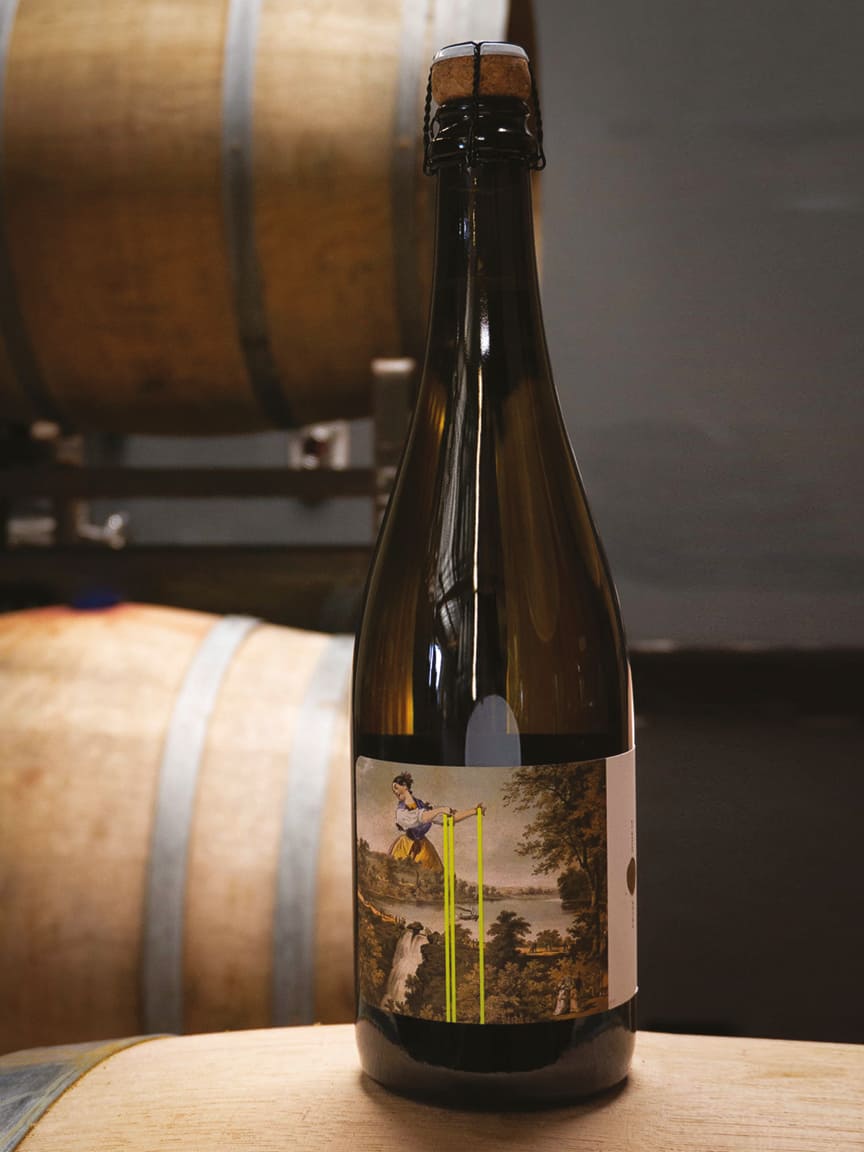
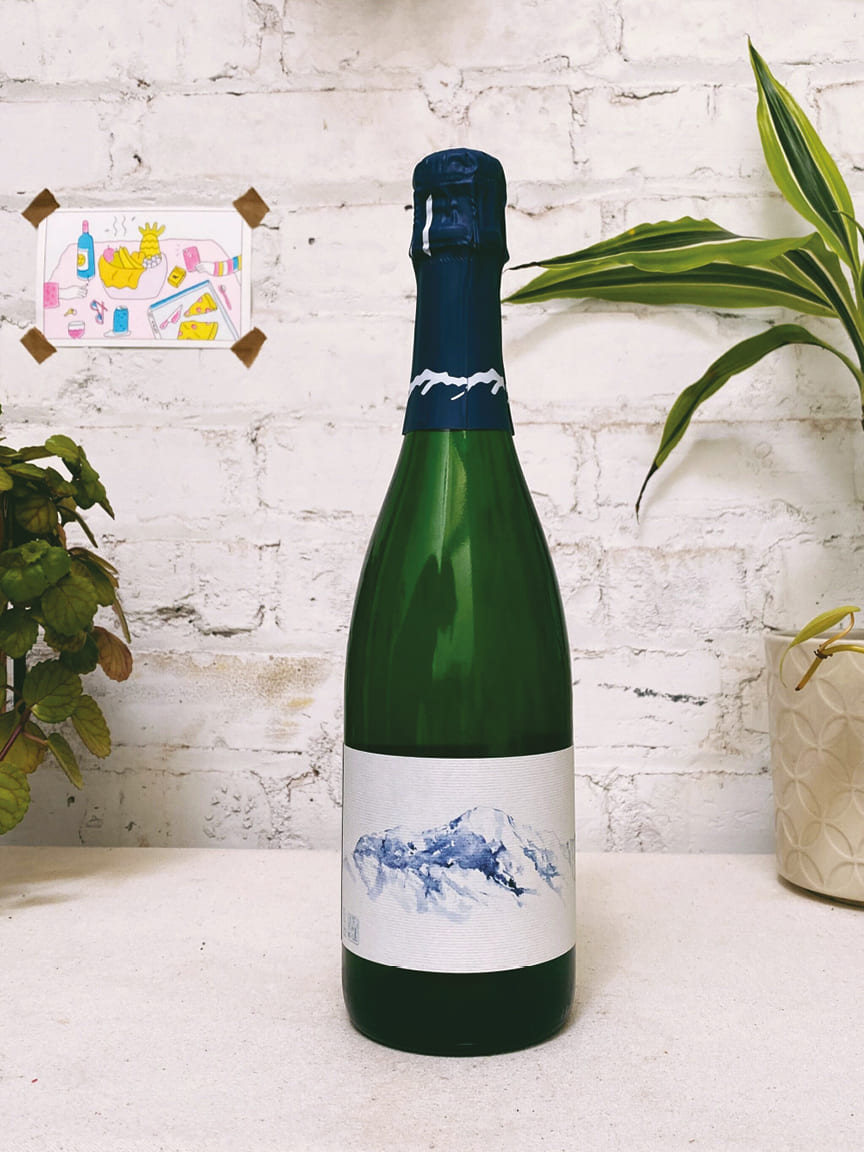
Photography ©AT Roca, Cruse Wine Co. and Domaine Belluard

We recommend
FOOD TRUCKS AND WORLD CUISINE CAN LEAD TO DIVERSE WINE PAIRINGS
From London to Lisbon, New York to LA, food trucks have altered the culinary landscape. Katie Kelly Bell asks sommeliers how best to pair world street food with wine
CAN SOMMELIERS USE THEIR CRAFT TO OPEN OUR EYES TO WINE?
Sommeliers and wine educators can open our eyes to new ways of experiencing wine through artistically curated programs that tap into the mind and soul. We speak to a diverse group doing just that
SEE WHY ALBI’S SPIRITED WINE LIST COMPLEMENTS THE COMPLEX LEVANTINE CUISINE
At Albi, the heady atmosphere and complex Levantine dishes are matched by a cheeky wine program laced with obscure references to songs, books and films as David White discovers
LITTLE EUROPE: SEE THE EGALITARIAN WINE LIST AT BROOKLYN BRASSERIE, FRANCIE
With its European flavors and brasserie sensibility, Francie’s curated menu includes uncommon wines from European importers, as service director, Paris Pryor, explains the egalitarian and fun program

